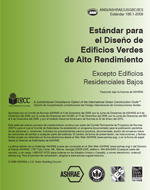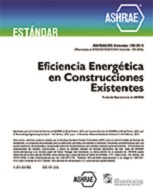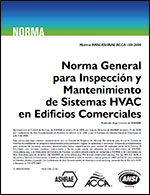Description
To characterize the magnitude of stack effect in existing buildings, differential pressures measurements were taken in fifteen high-rise buildings during the winter months of 2013. A number of interesting observations were made: (1) unless conservative leakage values are used, typical hand calculations may under-predict the shaft-to-building differential pressures, (2) introduction of cold air into pressurized stairwells cooled the stair, but temperatures remained significantly higher than outside temperatures (3) introduction of cold air into pressurized stairwells caused significant pressure and increased door opening forces required at the bottom of the stairs, and (4) pressurization of the stairwells increased the pressure and stack effect flows via the elevator shafts. Using FDS modeling it was verified that when pressurizing a stairwell with untreated cold outside air, the temperature in the stair cools, but stabilizes at a temperature that is between the outside air temperature and the initial building temperature.
Introduction of cold air increases the pressures at the bottom of the stairwell. The CONTAM modeling verified that the cooling of the stair increases pressures at the bottom of the stairwell to the extent that excessive door opening forces may be likely. Cooling of the stair also increases the stack effect flow via the elevator shaft over time. The modeling also showed that elevator lobbies reduced the flow to upper floors by approximately 50% for all building types and that elevator hoistway vents had only a modest impact on reducing the flow to upper floors of the building.
Citation: 2017 Winter Conference, Las Vegas, NV, Conference Papers
Product Details
- Published:
- 2017
- Number of Pages:
- 8
- Units of Measure:
- Dual
- File Size:
- 1 file , 1.6 MB
- Product Code(s):
- D-LV-17-C071




